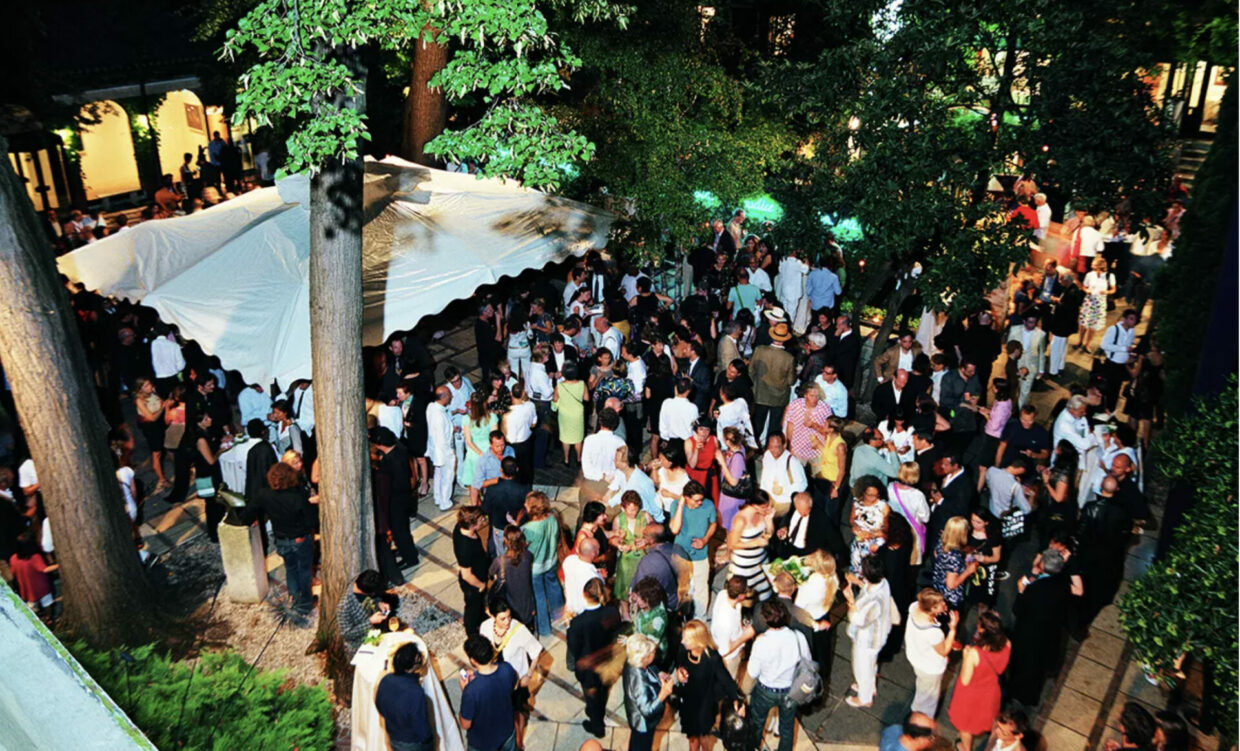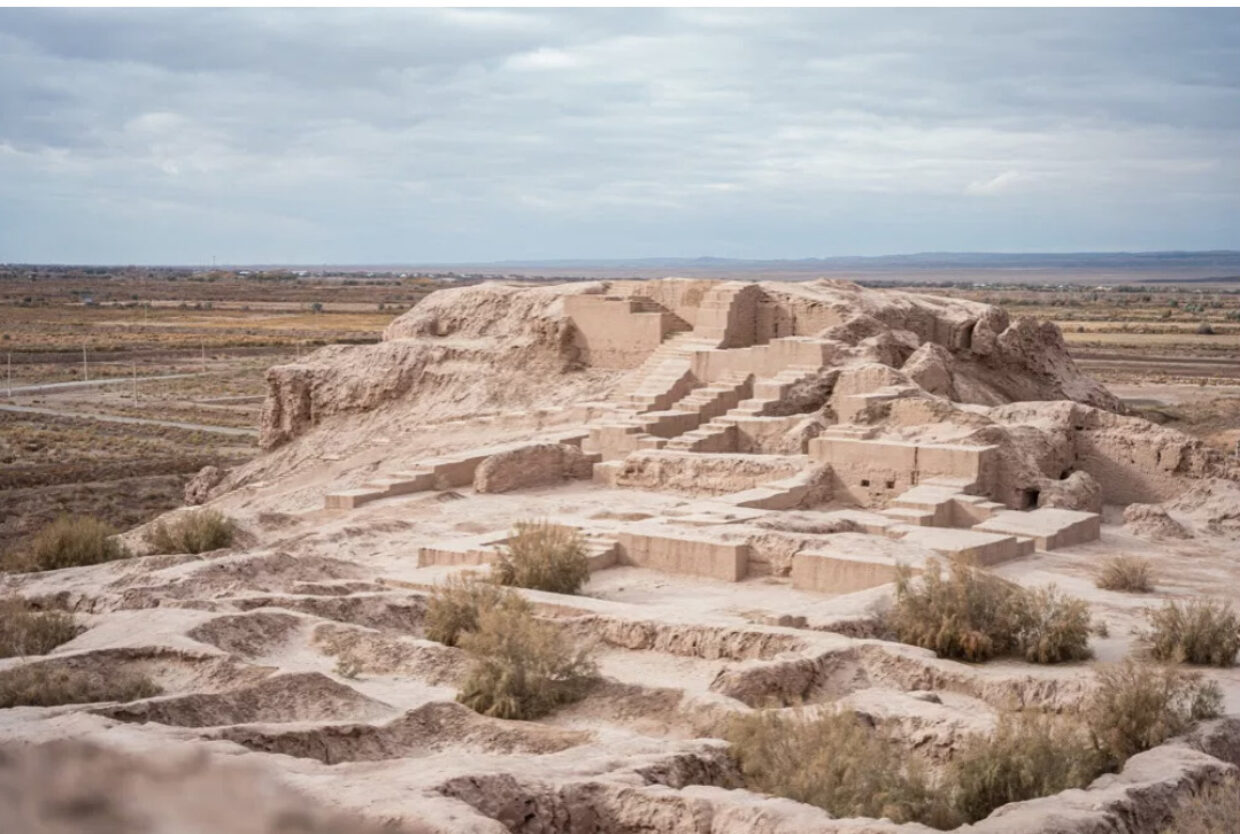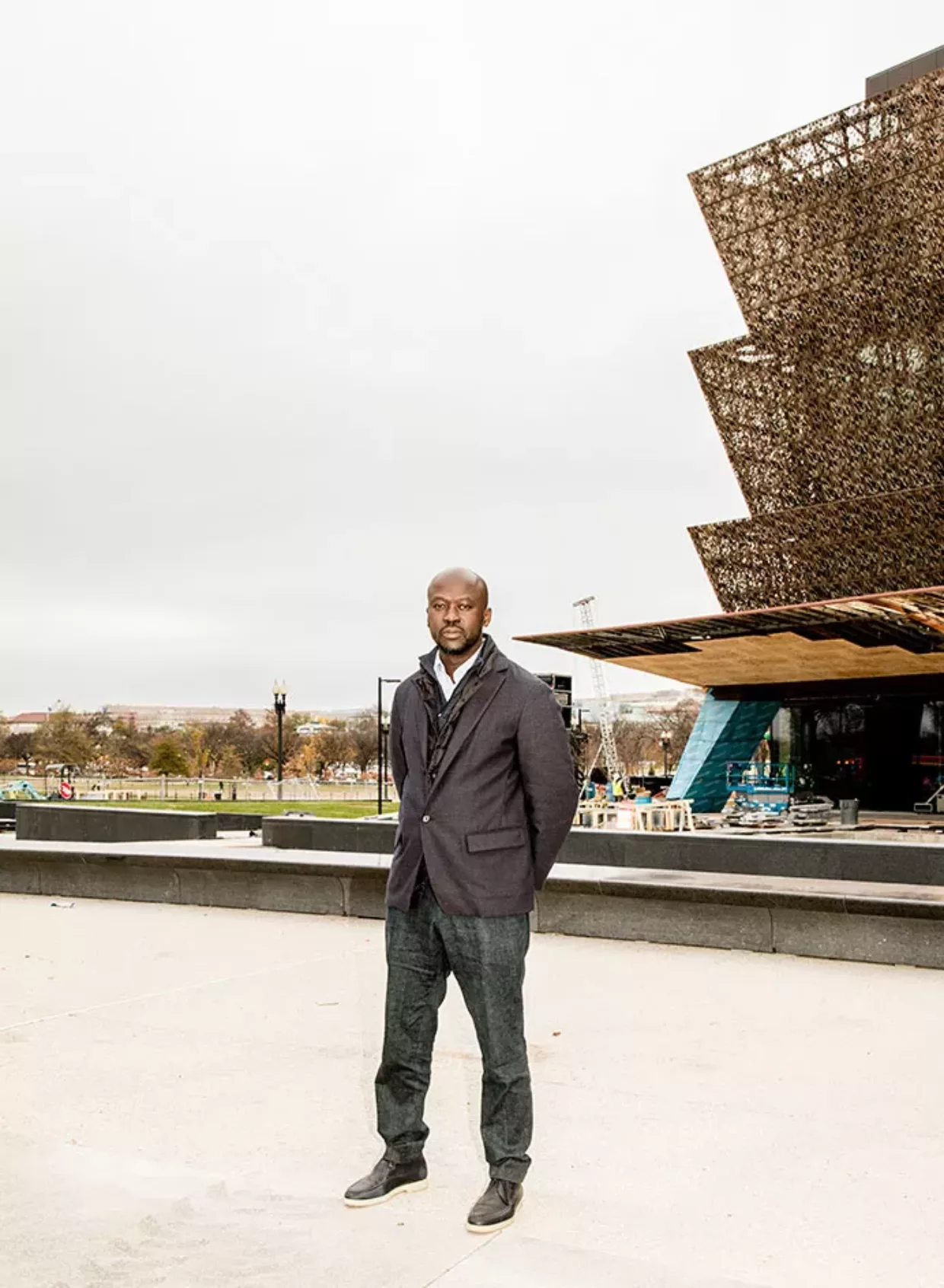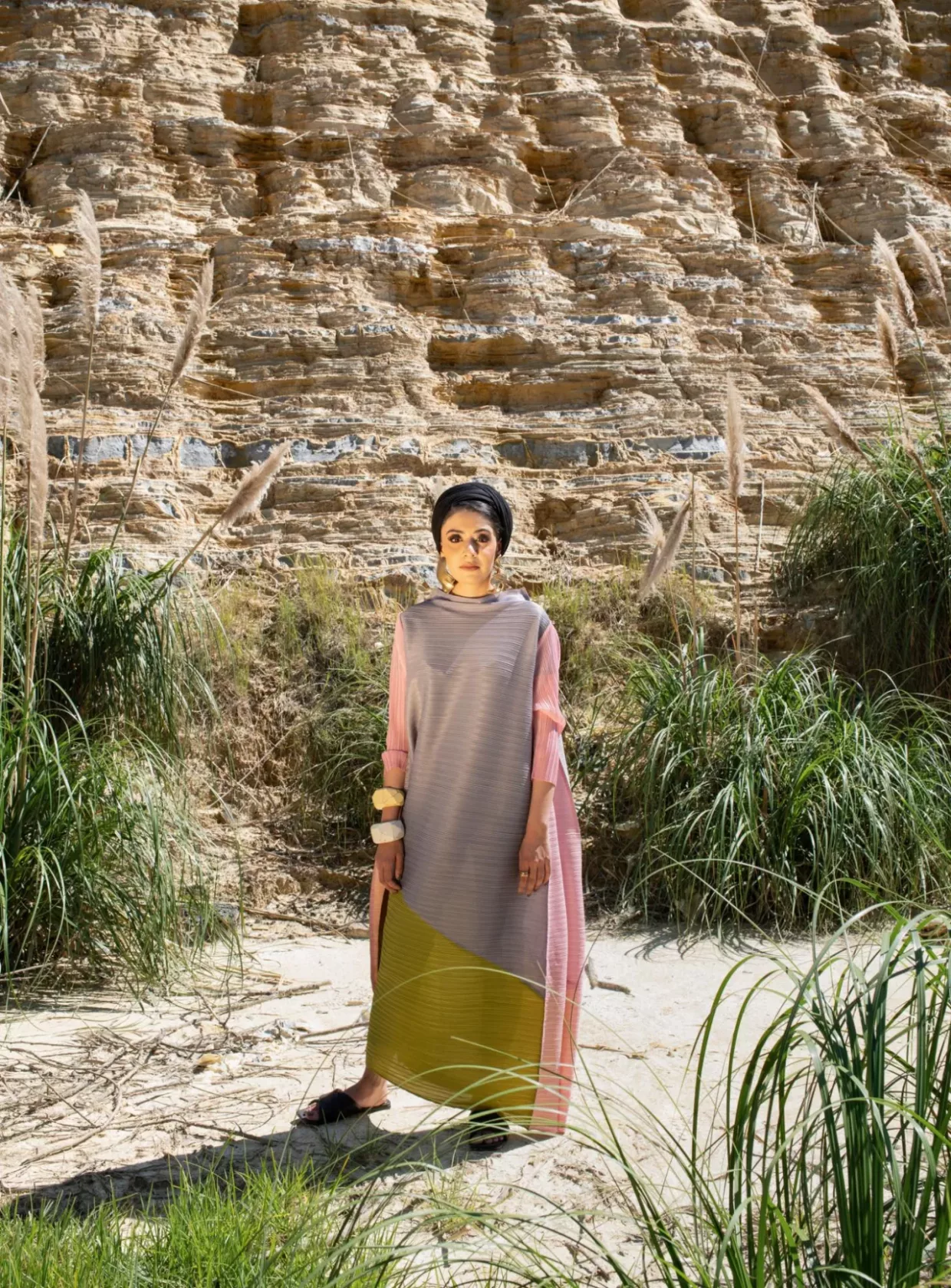Venice Architecture Biennale 2023: who, when, and what to look forward to
Mar. 24, 2023
The Venice Architecture Biennale 2023 is almost upon us, and anticipation is running high. This year’s theme, ‘The Laboratory of the Future’, caters to a wide range of topics to be unpicked – as it should – promising exciting debate, spearheaded by this year’s curator Lesley Lokko.
The full list of contributors has been announced revealing a mix of established names and emerging studios from the global scene – from David Adjaye and Francis Kéré, to Dream the Combine and Cave_bureau. A total of 89 contributors will form the main show (and over half of them are from Africa or the African Diaspora), which will be divided into six sections – all of which having obtained a sustainability credential, flagging the importance of rethinking the festival model towards a more environmentally friendly future. At the same time, and for the first time ever, the events will include the Biennale College Architettura, which will run from 25 June to 22 July 2023, as fifteen renowned international tutors – such as Marina Otero, Nana Biamah-Ofosu, Sarah de Villiers and Manijeh Verghese – will work with fifty students, early career practitioners and academics from around the world during a four-week teaching programme.
At the same time, Nigerian artist, designer and architect Demas Nwoko has been announced as the recipient of the Golden Lion for Lifetime Achievement of the 18th International Architecture Exhibition of La Biennale di Venezia.
Importantly, Lokko sees the 18th iteration of what is probably the grandest festival of the built environment in the world, as ‘an agent of change.’ ‘In architecture particularly, the dominant voice has historically been a singular, exclusive voice, whose reach and power ignores huge swathes of humanity — financially, creatively, conceptually — as though we have been listening and speaking in one tongue only,’ she says. ‘The ‘story’ of architecture is therefore incomplete. Not wrong, but incomplete. It is in this context particularly that exhibitions matter.’
Meanwhile, spread across the Giardini park, the Arsenale grounds and several other locations in Venice, a wealth of national responses from different countries, as well as various collateral events, are set to offer a rich backdrop for more, deep architectural conversation. The world’s biggest architecture festival is about to kick off – opening to the public on 20 May, and running through to Sunday 26 November 2023.
Venice Architecture Biennale 2023: the main exhibition
Curated by Lokko, the Venice Architecture Biennale 2023 main exhibition theme, titled ‘The Laboratory of the Future’, puts Africa in the spotlight. ‘Africa is the laboratory of the future,’ Lokko said during the Venice Biennale press conference in May 2022. ‘We are the continent with the world’s youngest population, the fastest urbanisation, growing at a rate of four per cent per year, often at the expense of local ecosystems – so we are at the forefront of climate change, too. Yes, the show will focus on Africa, but we are not only talking about Africa – we use it as a place in order to try and understand everything everywhere. After all, the Biennale itself is a workshop for the future.’
The architect and academic, who is in the process of setting up the brand new African Futures Institute in Accra, a new architecture research institute and school in Ghana, drew on her extensive research and address book to discuss important, timely issues of diversity and inclusion in architecture, the role of African culture and power in the world – and beyond.
The full list of participants at the main show includes Adjaye Associates; atelier masōmī; basis; Cave_bureau; Hood Design Studio; Ibrahim Mahama; Kéré Architecture; Koffi & Diabaté Architectes; MASS design group; Olalekan Jeyifous; SOFTLAB@PSU; Studio Sean Canty; Sumayya Vally and Moad Musbahi; Thandi Loewenson; Theaster Gates Studio; urban american city (urbanAC); AD—WO; AMAA Collaborative Architecture Office For Research And Development; Andrés Jaque / Office for Political Innovation; autonoma; BDR bureau and carton123 architecten; DAAR – Alessandro Petti and Sandi Hilal; David Wengrow and Eyal Weizman with Forensic Architecture and Nebelivka project; Dream the Combine; Dualchas; Estudio A0; Flores & Prats Architects; Gbolade Design Studio; Gloria Cabral and Sammy Baloji with Cécile Fromont; Grandeza Studio; Huda Tayob; Kate Otten Architects; Killing Architects; Le laboratoire d’architecture; Liam Young; Low Design Office; MMA Design Studio; Neri&Hu Design and Research Office; Office 24-7 Architecture and Lemon Pebble Architects; orizzontale; Rahul Mehrotra with Ranjit Hoskote; SCAPE Landscape Architecture; Stephanie Hankey, Michael Uwemedimo and Jordan Weber; Studio Barnes; Suzanne Dhaliwal; Sweet Water Foundation; The Funambulist; Twenty Nine studio; Ursula Biemann; White Arkitekter; Wolff Architects; ZAO/standardarchitecture; Studio of Serge Attukwei Clottey; and Sweet Water Foundation.
Complementing the main shows, a new Venice Architecture Biennale feature will be launched, titled ‘Carnival’. This will include lectures, discussions, film and performances, crucial in drawing in the public and enhancing the dialogue between architecture and the world. ‘Conceived as a space of liberation rather than a spectacle or entertainment, Carnival offers a space for communication in which words, views, perspectives, and opinions are traded, heard, analysed, and remembered,’ Lokko said at the recent Biennale press conference. Carnival is supported by Rolex, the exclusive partner and official timepiece of the exhibition.
Applied Arts Pavilion Special Project
This special section of the exhibition is returning this year with a focus on ‘the ways in which this distinctive architectural style was initially developed and employed as a tool to support colonial rule before being adapted by West African architects to promote the excitement and possibilities of the period that followed Ghana becoming the first sub-Saharan African country to gain independence in 1957.’ The show, titled ‘Tropical Modernism: Architecture and Power in West Africa’ is curated by Christopher Turner (V&A) with Nana Biamah-Ofosu and Bushra Mohamed (AA).
‘Through close study of the work of the Department of Tropical Studies and its collaboration with KNUST, the V&A’s Venice presentation explores the ways in which Tropical Modernism was adapted by Ghanaian architects to promote Nkrumah’s Pan-African ideals during a transitional moment in which new freedoms were won and a break with the colonial past was articulated through architecture. It considers the power of architecture, both as a means of colonial suppression and a symbol of nascent political freedom, as well as exploring the specific legacy of Tropical Modernism in West Africa,’ said Dr Christopher Turner, keeper of art, architecture, photography & design at V&A and the exhibition’s lead curator.
Venice Architecture Biennale 2023: the national pavilions
The Venice Architecture Biennale main show is always framed by the multi-layered responses and the variety of the national participations – some presented in dedicated pavilions in the Giardini park, and others spread across different venues all around Venice, instigating a journey of exploration for visitors (often in more senses than one, as they navigate the city’s labyrinthine network of canals and alleys in search of shows). Some previews have already been released, but more are to come in the next few weeks…
British Pavilion
The British Pavilion will be led by a group of creatives – Jayden Ali, Joseph Henry, Meneesha Kellay and Sumitra Upham – focusing on a series of installations by six artists and designers, including a new film and soundscape. ‘Dancing Before the Moon,’ as the show will be titled, was conceived to promote ‘everyday rituals (from growing food and cooking to playing games and dancing) are tools for diasporic communities to establish spaces and present new ways of thinking about architecture and the built environment,’ the team explained. The artists, Yussef Agbo-Ola, Mac Collins, Shawanda Corbett, Madhav Kidao and Sandra Poulson, will reflect, through their work, on global cultural practices that impact space. ‘The British Pavilion at the Biennale Architettura 2023 is a space for rethinking the role that people play in shaping the built environment. It demonstrates the need for architecture to look beyond buildings and economic structures and towards everyday social practices, customs and traditions in order to meaningfully reflect how people use and occupy space,’ says Ali.
Uzbekistan Pavilion
The Uzbekistan National Pavilion, titled Unbuild Together, will be courtesy of France- and Morocco-based Studio KO, which will delve into ‘the ruins of the qalas, ancient fortresses of the Karakalpakstan, heritage of the Khorezm civilization, and the traditional bricks used for its construction’.
The Danish Pavilion, curated by Josephine Michau and in collaboration with landscape architectural firm Schønherr, will be titled Coastal Imaginaries, and promises to focus on climate change, and specifically the rising sea levels.
Korean Pavilion
‘2086: Together How?’, the Korean representation at Venice Architecture Biennale 2023, asks questions about the impact of the environmental crisis in some fifty years. The show is curated by artistic directors Soik Jung and Kyong Park, and looks into case studies of small communities in South Korea. ‘Each community is a case study which utilizes the community leader’s deep knowledge of the place and the architect’s spatial analysis to evaluate its current state, and propose site-specific future scenarios leading up to 2086. For instance, in the case of Gunsan, practitioners have explored how to work with abandoned homes and buildings to return the old city’s urban landscape to a more natural state. Moreover, each project is motivated by central concerns of how to cope with decaying urban centers and rural villages due to centuries of uneven capitalist development thinking. As such, these projects are about how the past can be connected with the future, and how localism can reshape globalism,’ says Soik Jung.
Swiss Pavilion
Artist Sander and architecture historian Philipp Ursprung are behind this year’s Swiss Pavilion. Their exhibit is titled ‘Neighbours’ and it is set to highlightb ‘oth the spatial and structural proximity of the Swiss pavilion to its neighbour and the professional bond of the two architects: Bruno Giacometti (Swiss pavilion) (1907 – 2012) and Carlo Scarpa (Venezuelan pavilion) (1906 – 1978).’
UAE Pavilion
Curator Faysal Tabbarah examines how arid environments can be rich spaces of productivity and natural welath, in the UAE Pavilion’s exhibition, ‘Aridly Abundant’. Tabbarah, who is Associate Dean and Associate Professor of Architecture at the College of Architecture, Art and Design at American University of Sharjah, examines architectural possibilities in this particular environment in various parts of the world: ‘The overarching question I’m exploring through Aridly Abundant is: What architectural possibilities can emerge when we reimagine arid landscapes as spaces of abundance? The National Pavilion UAE’s exhibition at Biennale Architettura 2023 delves into themes, lessons and questions based on learnings from within the UAE’s arid landscapes that other places around the world facing the threat of aridity and desertification can find of use, including countries across Africa, Asia, and southern Europe such as Italy, Spain, and Greece.’
Estonia Pavilion
Bringing the discussion around architecture back to the context of the home, the Estonian display is curated by Aet Ader, Arvi Anderson and Mari Möldre. Titled ‘Home Stage’ it will be hosted inside a real life rental apartment -address: Salizada Streta 96, Venice. ‘The Estonian pavilion exists in the format of a durational performance, where ordinary domestic duties as well as fictional outbursts, both scripted and non-scripted, all take place in the public eye. One of the performers, Paula Veidenbauma, is intrigued by how issues of invisibility, such as care, aggression, and loneliness, contrast and accelerate in tandem with the vast visibility of real estate, which especially in Venice is driven by hyper-tourism and gentrification, said Möldre.
The Venice Architecture Biennale 2023 is on from 20 May to Sunday 26 November 2023 (with a pre-opening vernissage on the 18 and 19 May)
Source: WALLPAPER





